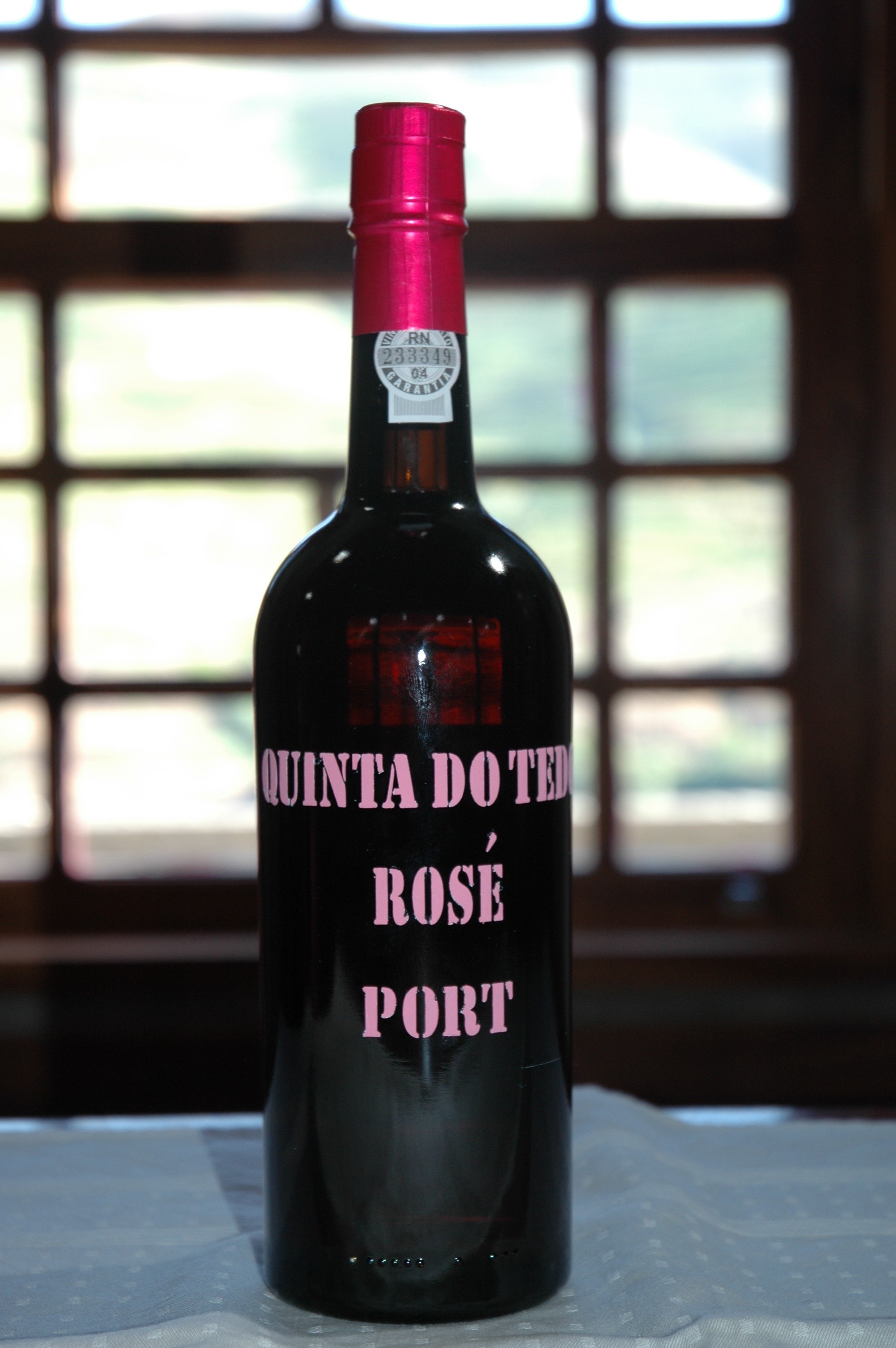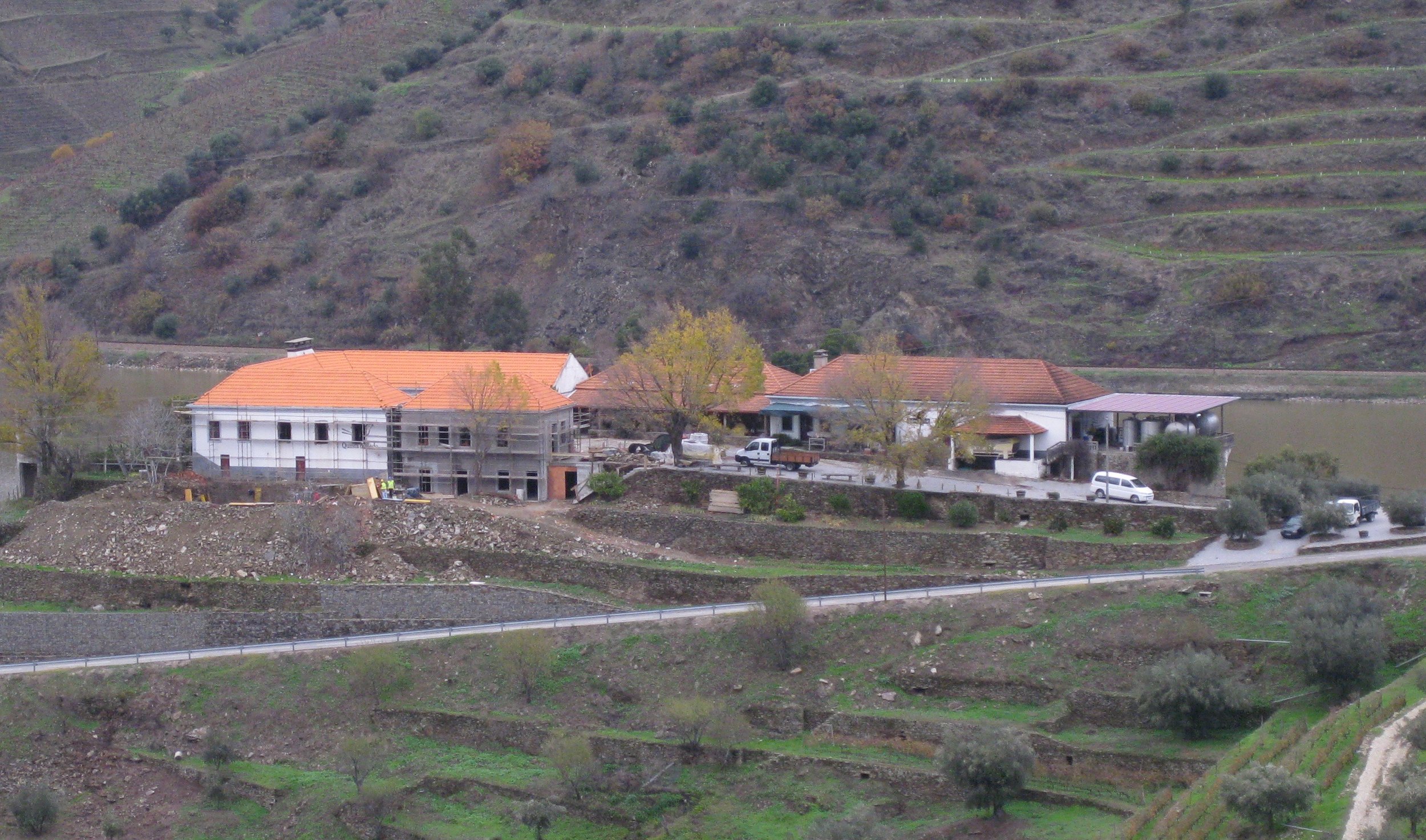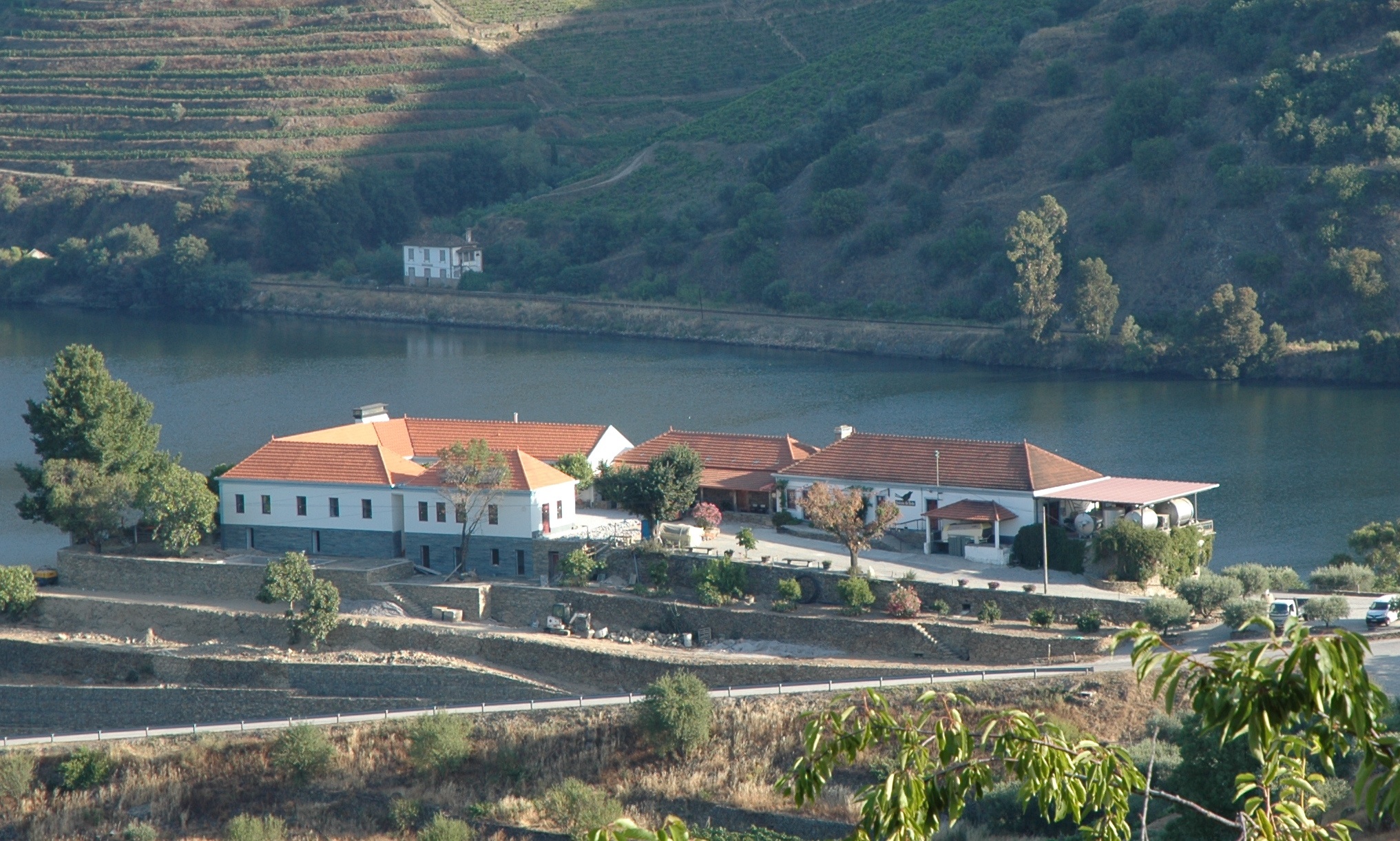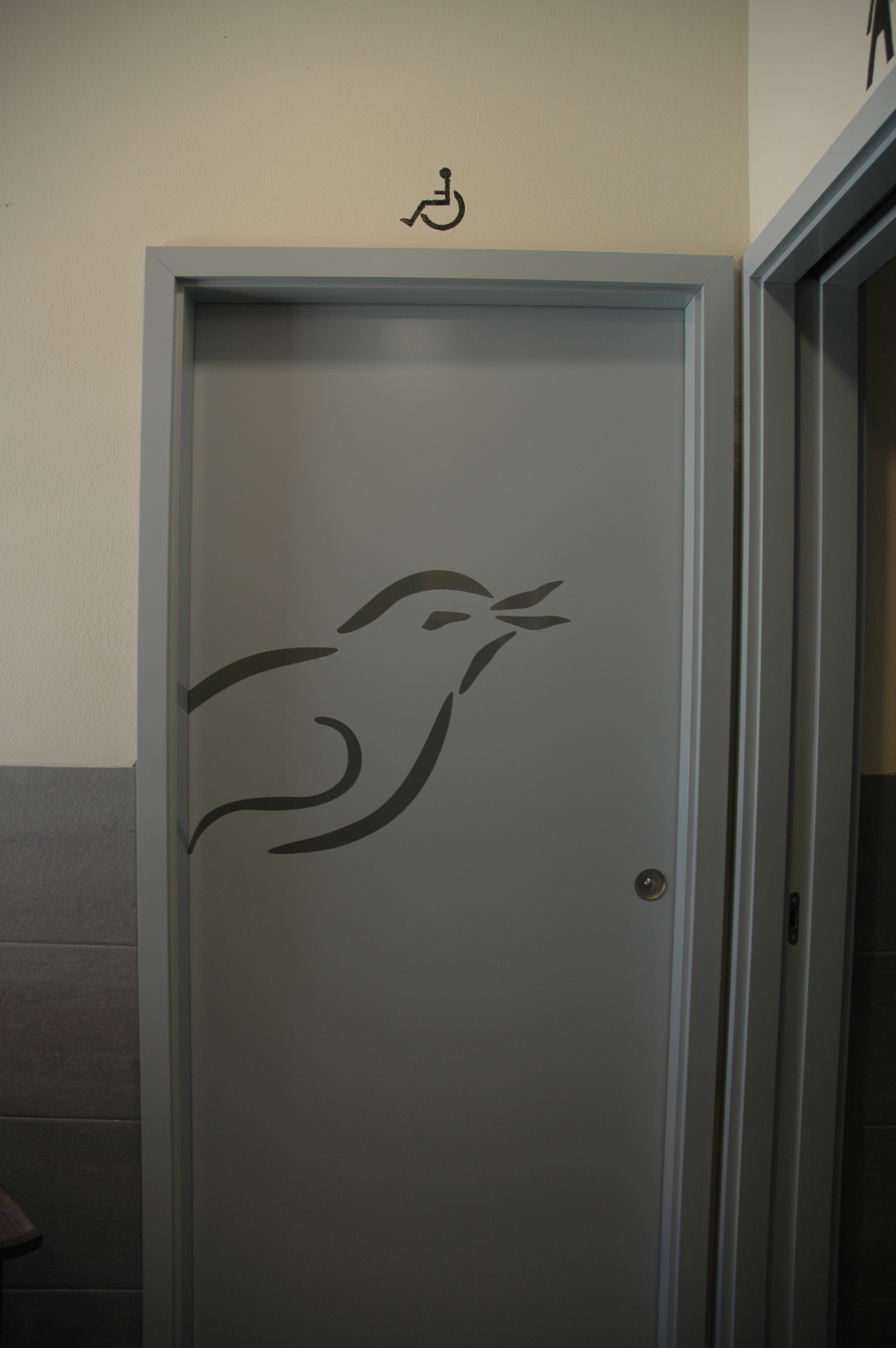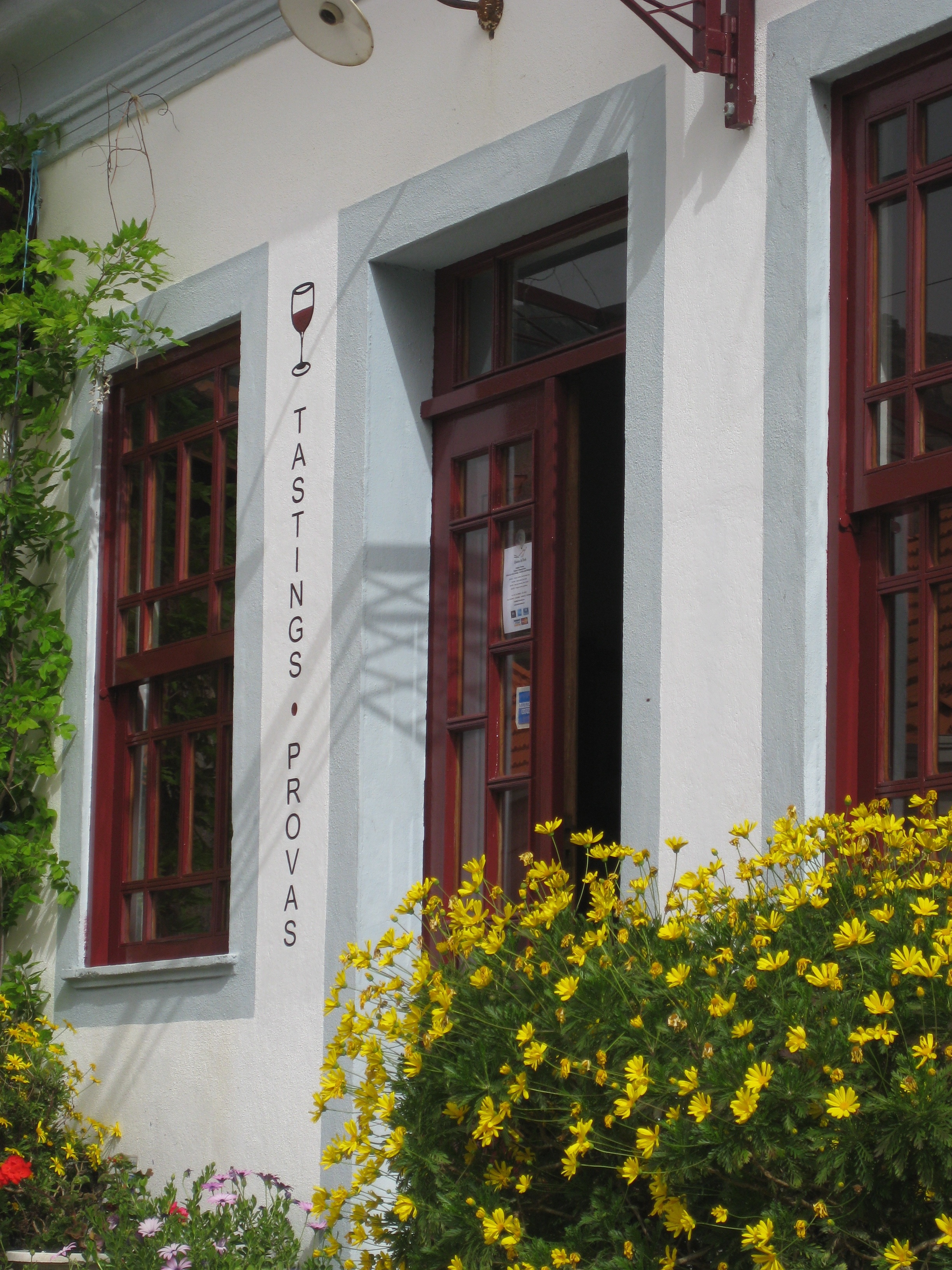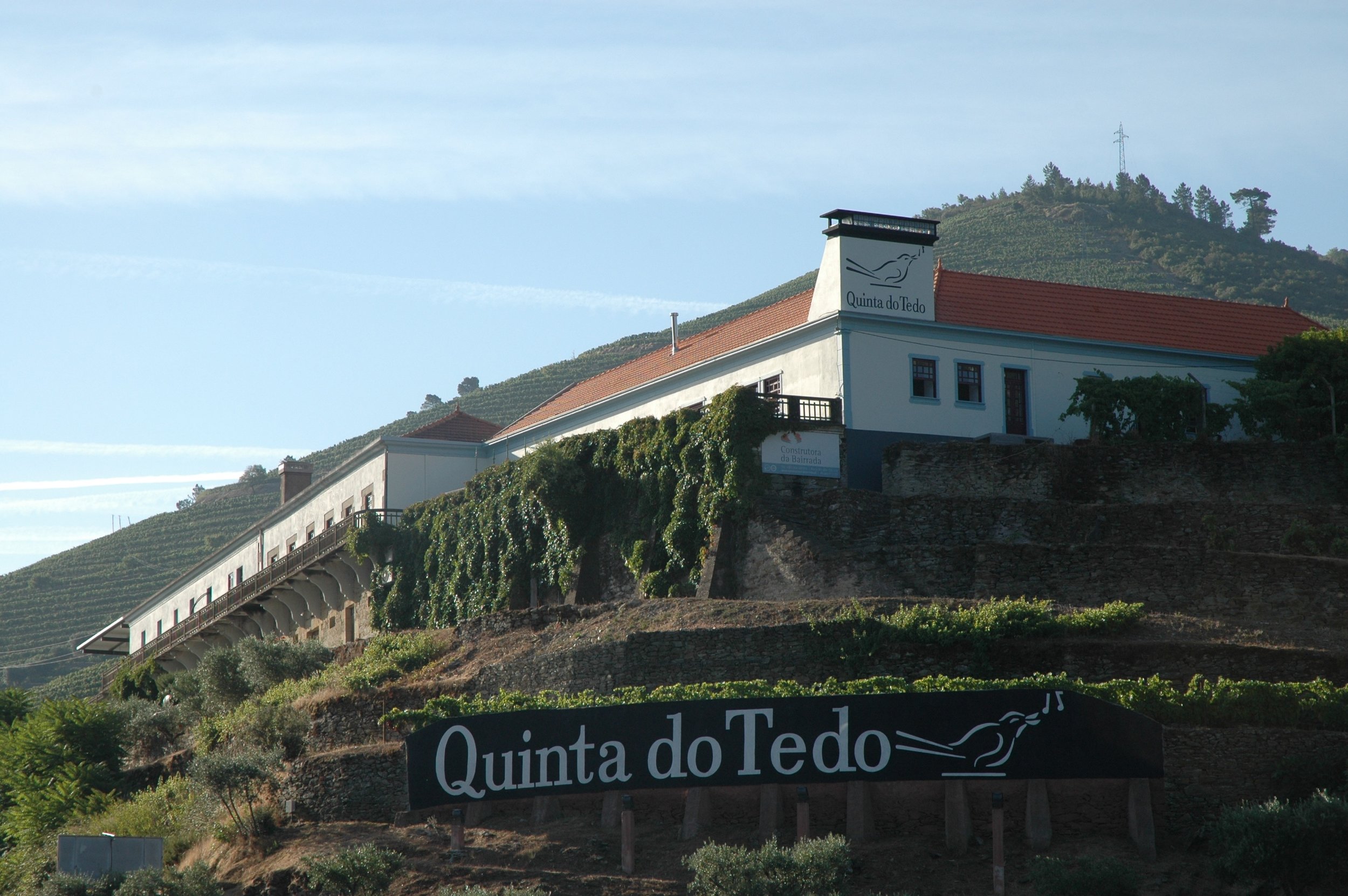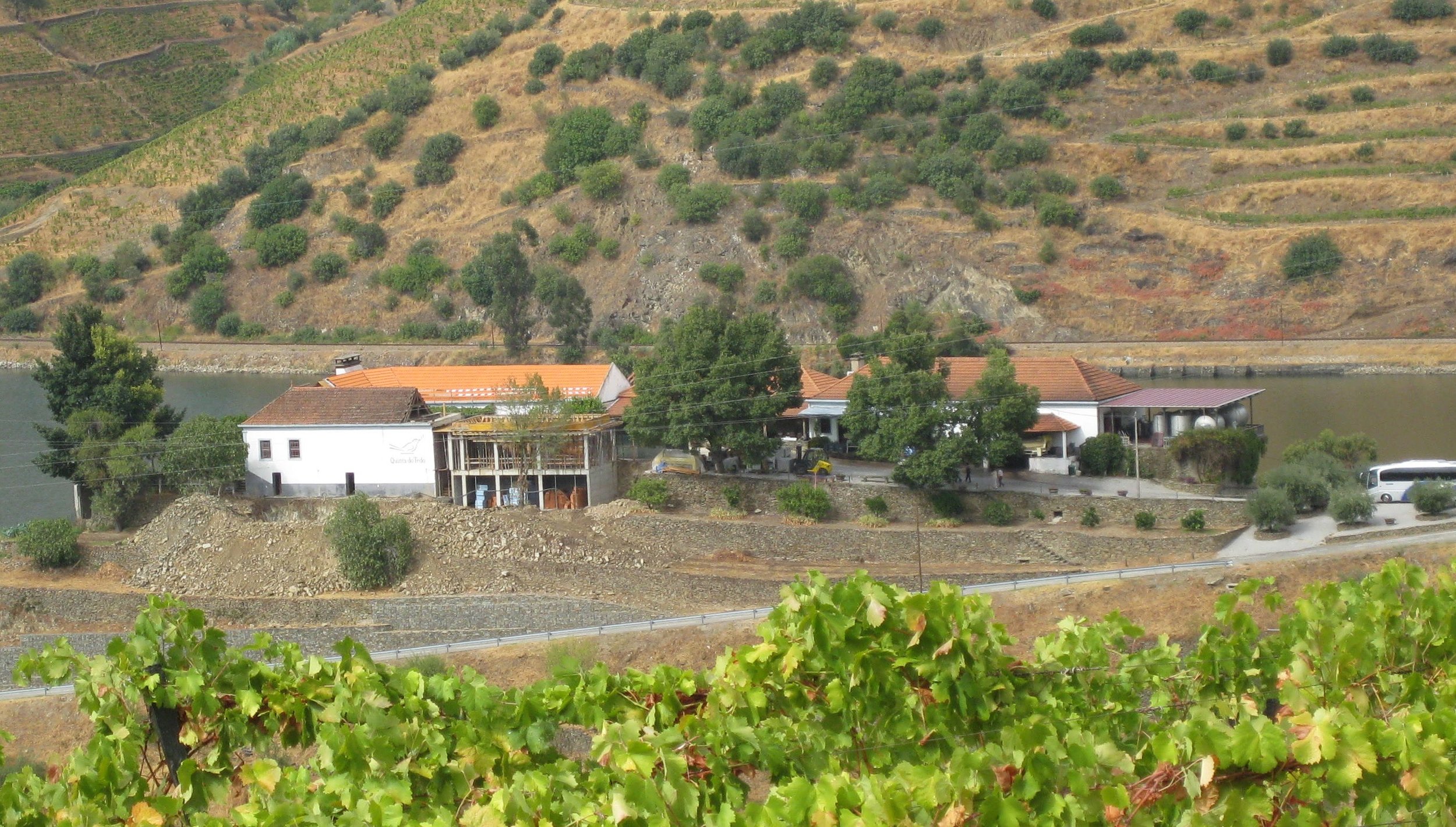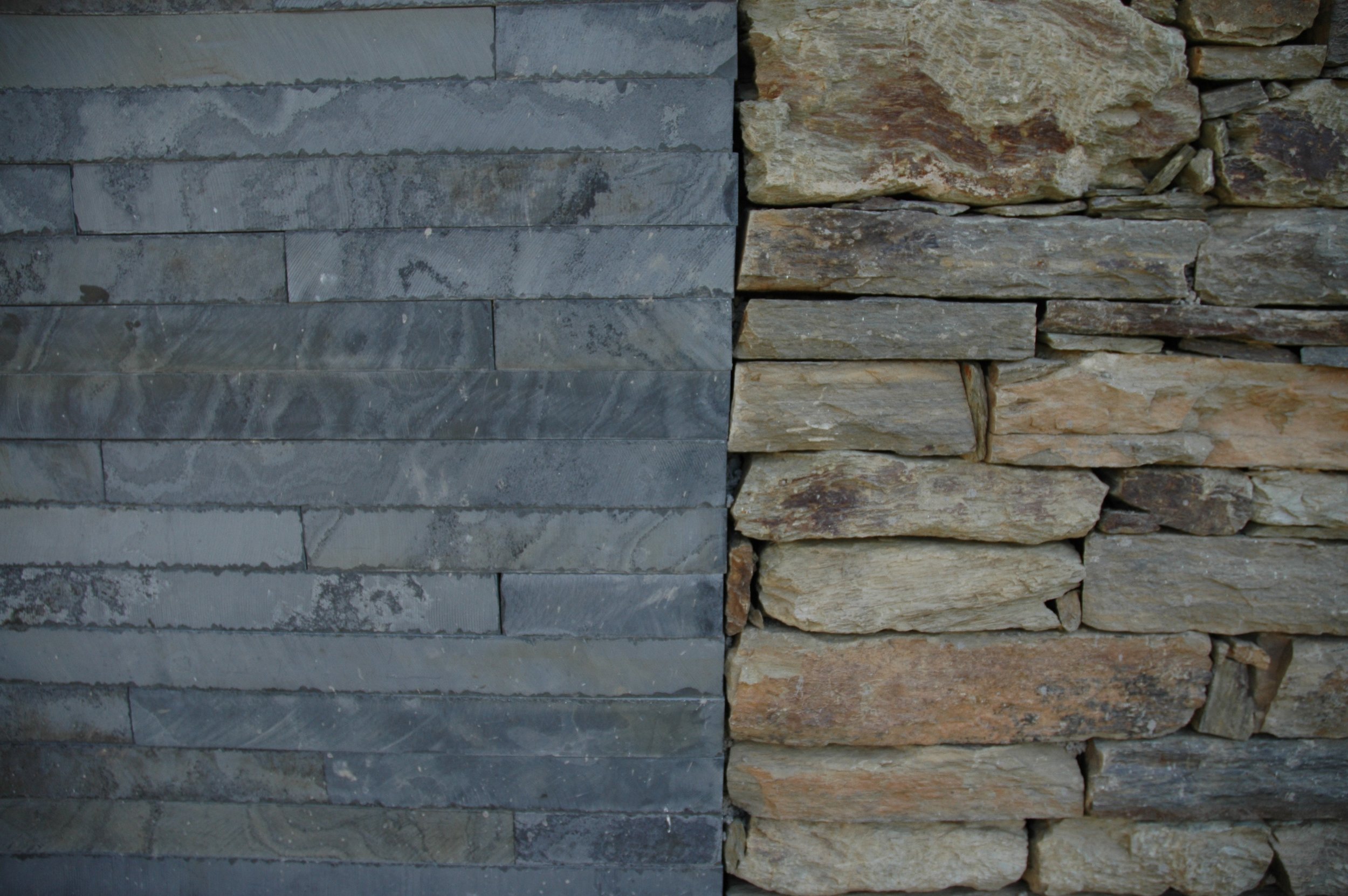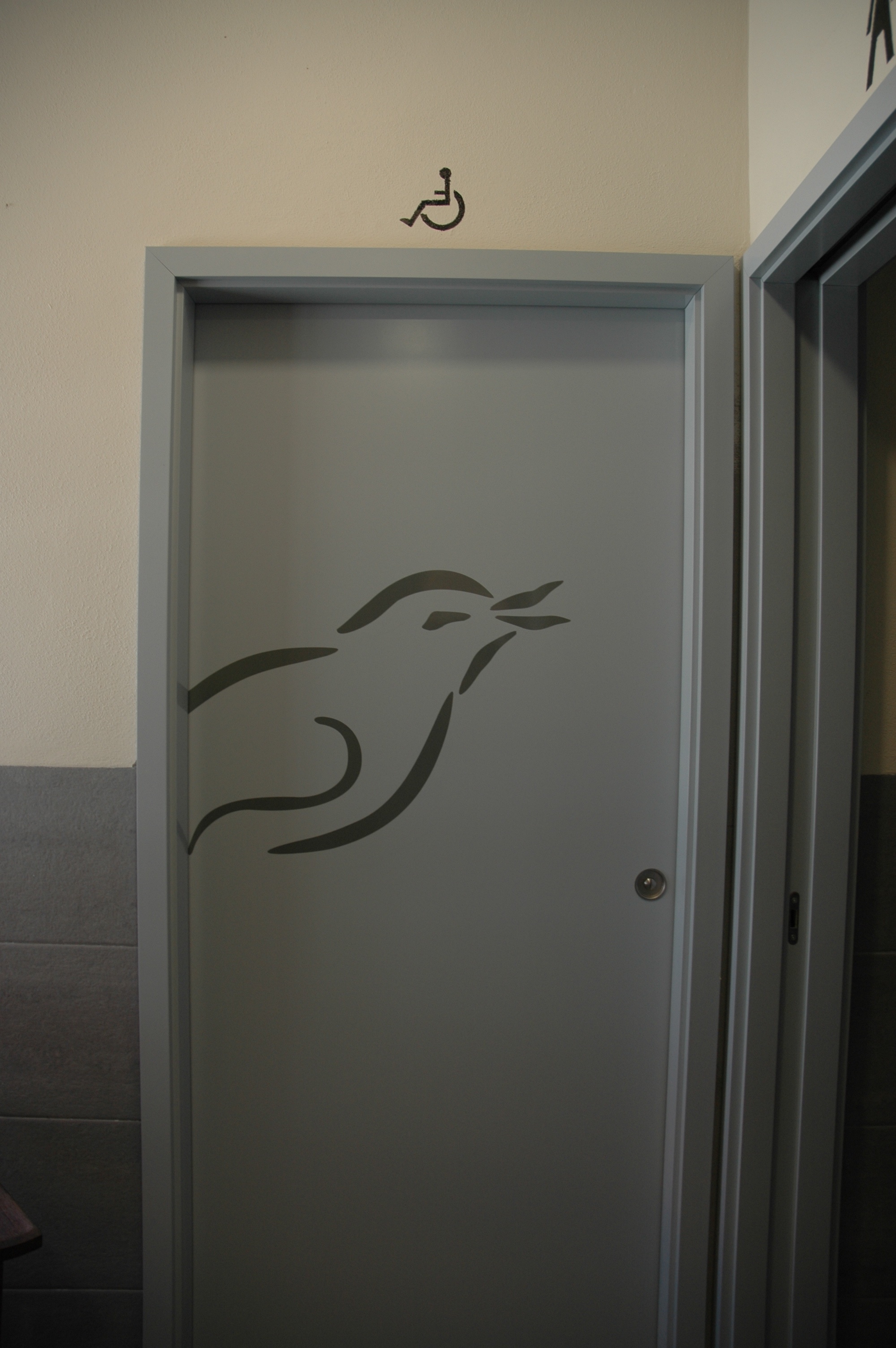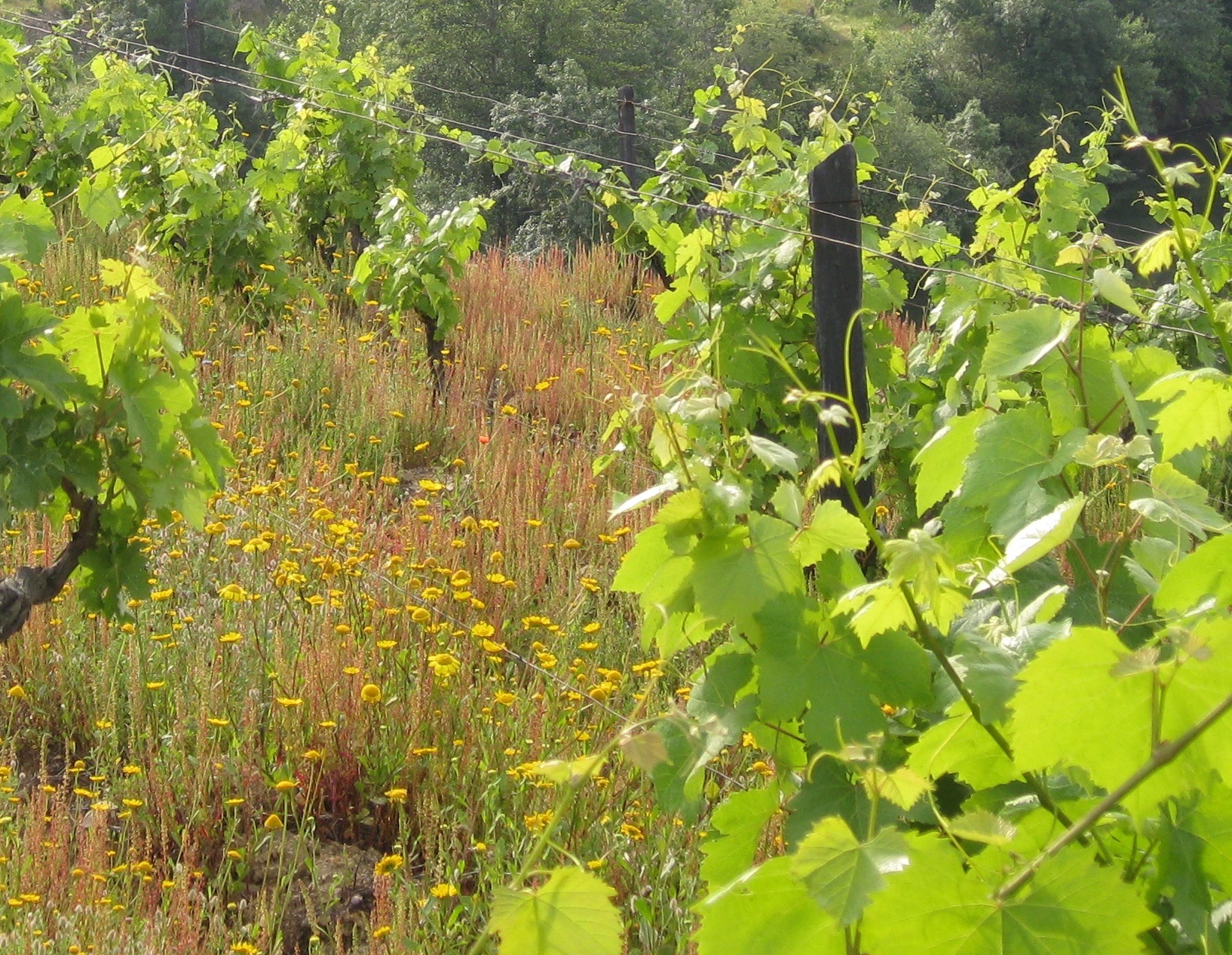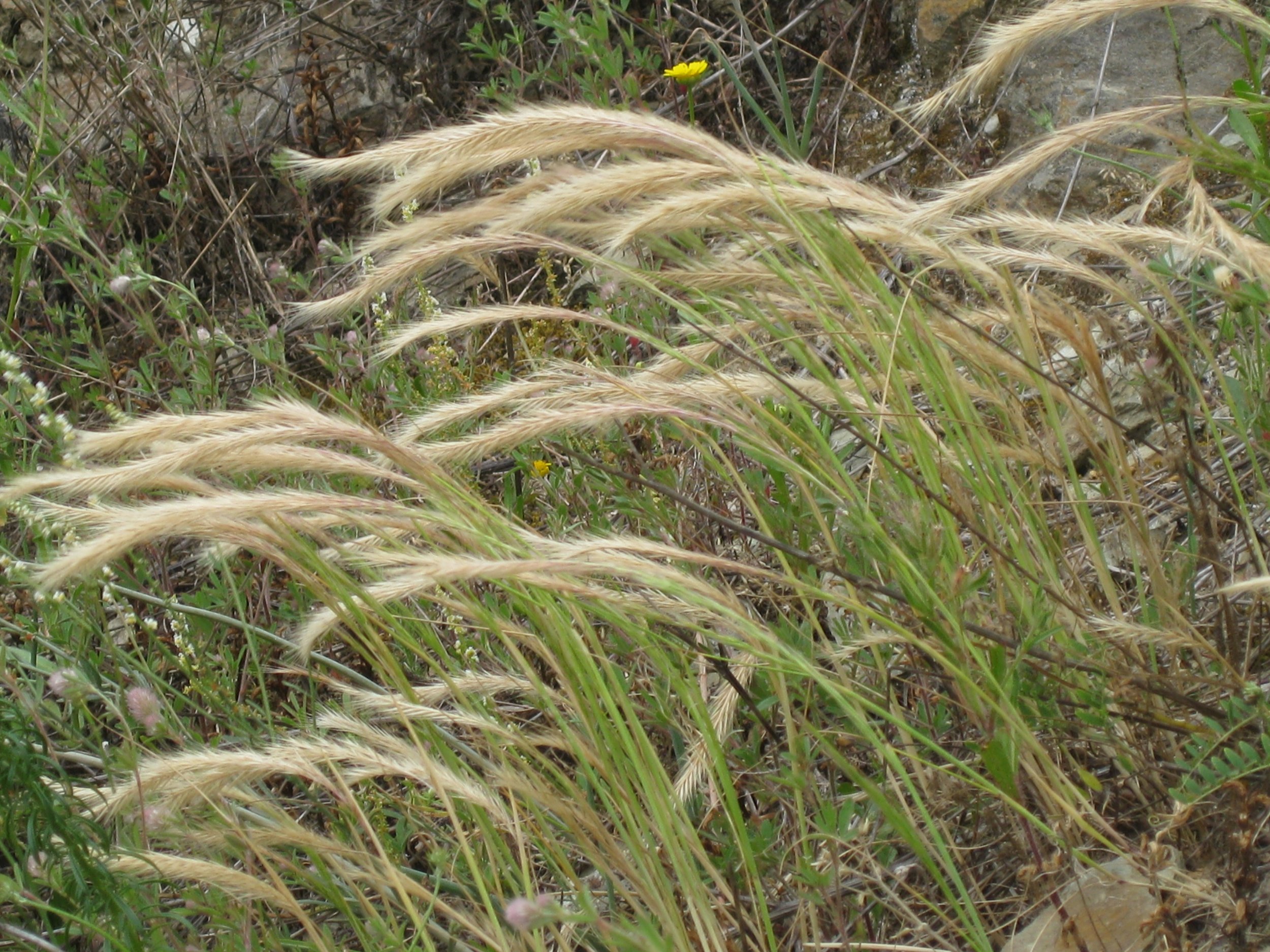Nous sommes enfin opérationnels, après un long retard dû à différentes raisons…Comme mentionné dans notre site web, nous avons fièrement ouvert nos portes à l'Oenotourisme en été 2011, afin de célébrer la beauté de la région, la passion qui nous anime à élaborer nos vins de Porto et notre huile d'olive et pour partager en votre compagnie un moment de notre vie.
Pour nos lecteurs qui planifient un voyage prochainement ou dans un futur plus lointain, gardez bien en mémoire la Quinta do Tedo en tant que " base de vie" pour découvrir la vallée du Douro et bien plus !
En tant qu'Américaine émigrée, je crois profondément en cette partie du monde et une raison de cet amour pour ce lieu réside dans le fait qu'il y existe encore une certaine intégrité qui n'a pas été encore spoliée par une fréquentation massive, comme c'est le cas de nombreuses et merveilleuses places dans le monde, y compris la vallée du Douro.
Cliquez, s'il vous plaît, sur le lien de notre site web, pour obtenir plus d'informations et de photos à propos de l'Oenotourisme :
http://www.quintadotedo.com/cms/index.php?option=com_content&view=article&id=67&Itemid=34&lang=fr
Importantes nouvelles : Les vendanges débutent dans les prochains jours ! L'été a été chaud et sec et les grappes sont prêtes à être récoltées ! Je vous donnerai de plus amples informations et détails quant à la qualité, dans mon blog du mois de septembre.
Je vous souhaite le meilleur et nous espérons vous recevoir bientôt à Quinta do Tedo.
~Kay



